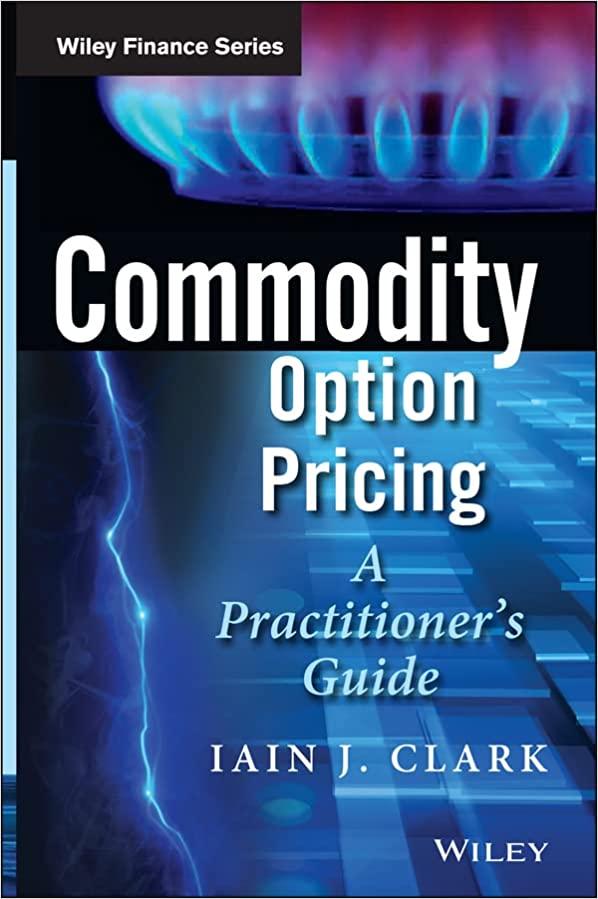questions 20, 22, 24 please explain

Questions 1824 relate to Mark Cannan Mark Cannan is updating research reports on two well-establisbed consumer companies before first-quarter 2011 earning reports are released. His supervisor, Sharolyn Ritter, has asked Cannan to use market-based valuations when updating the reports. Delite Beverage is a manufacturer and distributor of soft drinks and recently acquired a major water-bottling company in order to offer a broader product line. The acquisition will have asignificant impact on Delite's future results. You Fix It is a United States retail distributor of products for bome improvement, primarily for those consumers who choose to do the work themselves. The home-improvement industry is cyclical; the industry was adversely affected by the recent downtum in the economy, the level of foreclostres, and slow home sales, Although sales and earnings at Yout Fix It wenkened, same-store sales are beginning to improve as consumers undertake more bome-improvement projects. Poor-performing stores were closed, resulting in significant restructuring charges in 20 io. 52/58 20/2021 VitalSource Bookshelf: Equity Asset Valuation Before approving Cannan's work, Ritter wants to discuss the calculations and choices of ratios used in the valuation of Delite and You Fix It. The data tased by Cannan in his analysis are summarized in Exhibit 1. Exhibit 1 Select Financial Data for Delite Beverage and You Fix It Cannan advises Ritter that he is considering three different approaches to value the shares of You Fix It: Approach 1 Price-to-book (P/B) ratio Approach 2 Price-to-carnings ( P/E) ratio using trailing earnings Approach 3 Price-to-earnings ratio using normalized earnings Cannan tells Ritter that be calculated the price-to-sales ratio (P/S) for You Fix It, but chose not to use it in the valuation of the shares. Cannan states to Ritter that it is more appropriate to use the P/E ratio rather than the P/S ratio because: Reason 1 Farnings are more stable than sales. Reason a Eamings are less easily manipulated than sales. Reason 3 The P/E ratio reflects financial leverage whereas the P/S ratio does not. Cannan also informs Ritter that he did not use a price-to-cash flow multiple in valuing the shares of Delite or You Fix It. The reason is that he could not identify a cash flow measure that would both account for working capital and non-cash revenues, and also be after interest expense and thes not be mismatched with share price. Ritter advises Cannan that such a cash flow measure does exist. Ritter provides Cannan with financial data on three close competitors as well as the overall beverage sector, which includes other competitors, in Exhibit 2 Stie asks Cannan to determine, based on the price-to-earnings growth (PEG) ratio, whether Delite shares are overvalued, fairly valoed, or Exhibit 2 Beverage Sector Data After providing Ritter his answer, Cannan is concerned about the inclusion of Tasty Root Beer in the comparables analyais. Specifically, Cannan asks Ritter: "I feel we should mitigate the effect of large outliers, but not the impact of small outliers (Le, those close to zero), when calculating the beverage sector P/B. What measure of central tendency would you suggest we use to address this concern?" Ritter requests that Cannan incorporate their discussion points before submitting the reports for final approval. 18. Based on the information in Exhibit, the most appropriate price-to-earnings ratio to use in the valuation of Delite is closest to: A. 18.71 . B. 19.04 . C. 24.44 . 19. Based upon the information in Exhibit 1 , the price-to-sales ratio for You Fix It is closest to: A. 0.28. B. 0.55 . C. 0.90 . 20. Which valuation approach would be most appropriate in valuing shares of You Fix It? A. Approach 1 B. Approach 2 C. Approach 3 21. Cannan's preference to tuse the P/R ratio over the P/S ratio is best supported by: A. Reason 1 B. Reason 2 C. Reason 3 22. The cash flow measure that Ritter would most likely recommend to address Cannan's concern is: A free cash flow to equity. https:/bookshelf.vitalsource com/reader/books/9781119628194/epubcfi6/34[\%38vnd vstidro(\%3Dc09]/4/4/4/118/3.69[000\%:2C\%5E).] 53158 8/20/2021 VitalSource Bookshelt: Equity Asset Valuation B. earnings plus non-cash charges. C. earnings before interest, tax, depreciation, and amortization. 23. Based upon the information in Exhibitsu and 2, Cannan would most likely conclude that Delite's shares are: A. overvalued. B. undervalued. C. fairly valued. 24. The measure of central tendency that Ritter will most likely recommend is the: A median. B. harmonic mean. C. arithmetic mean









